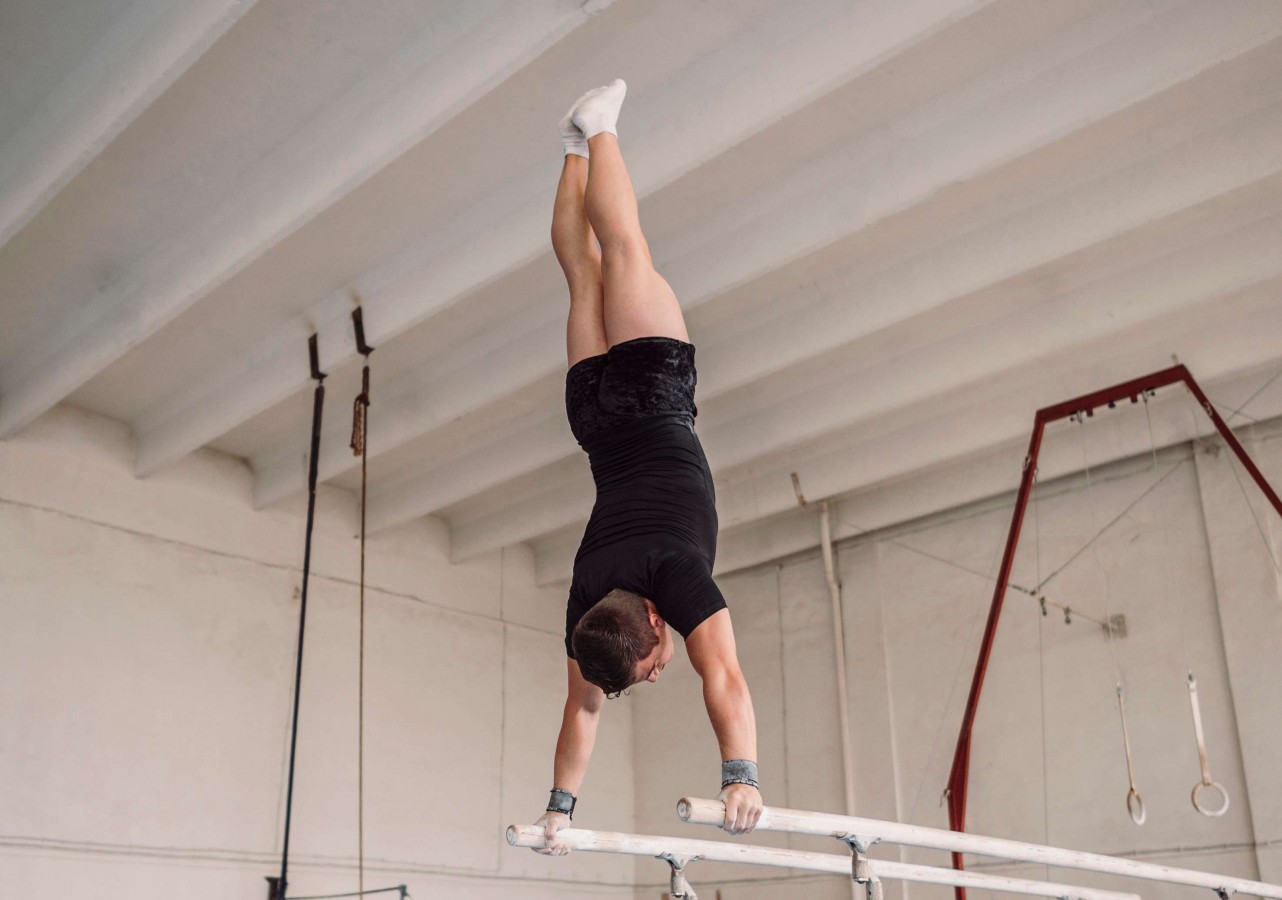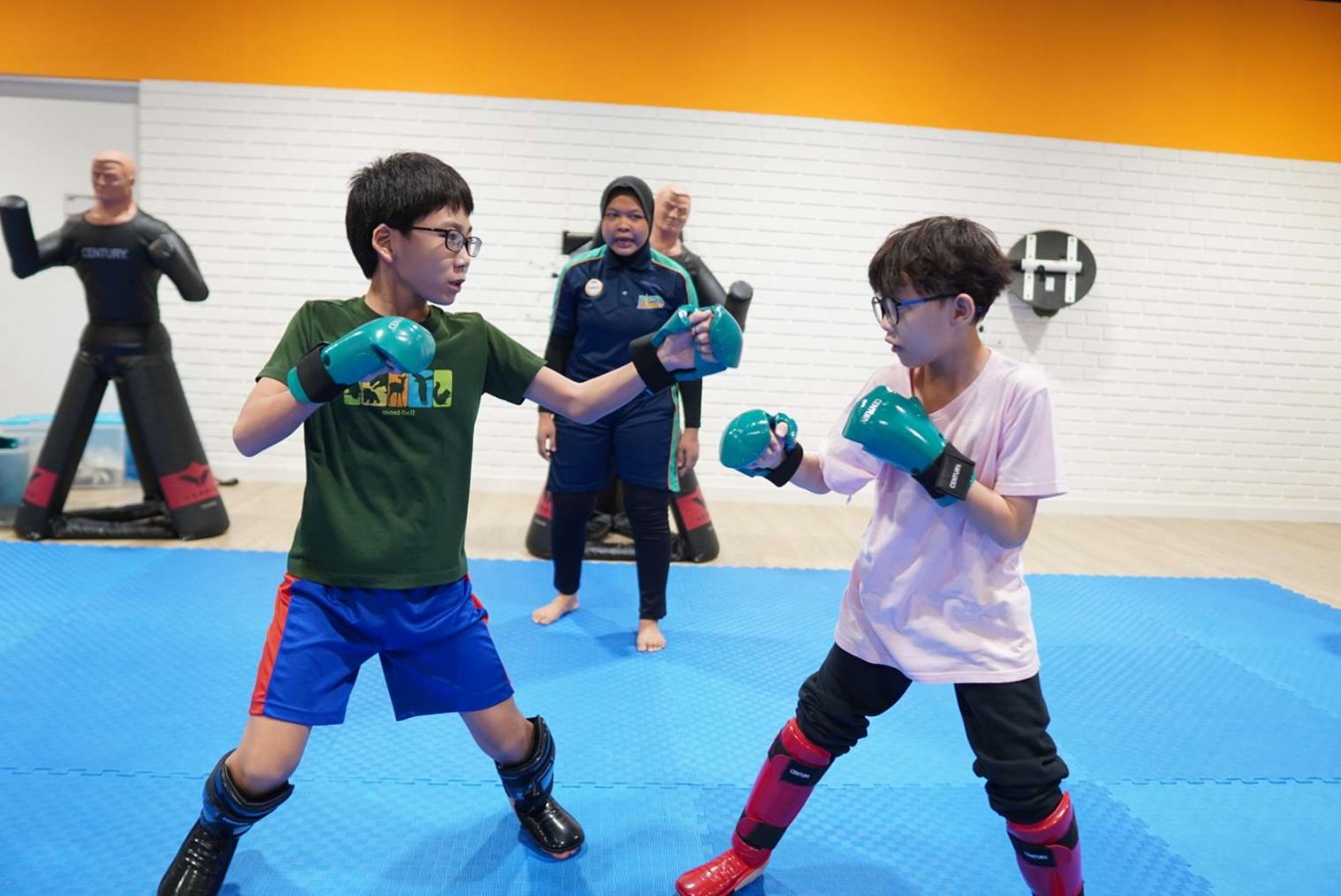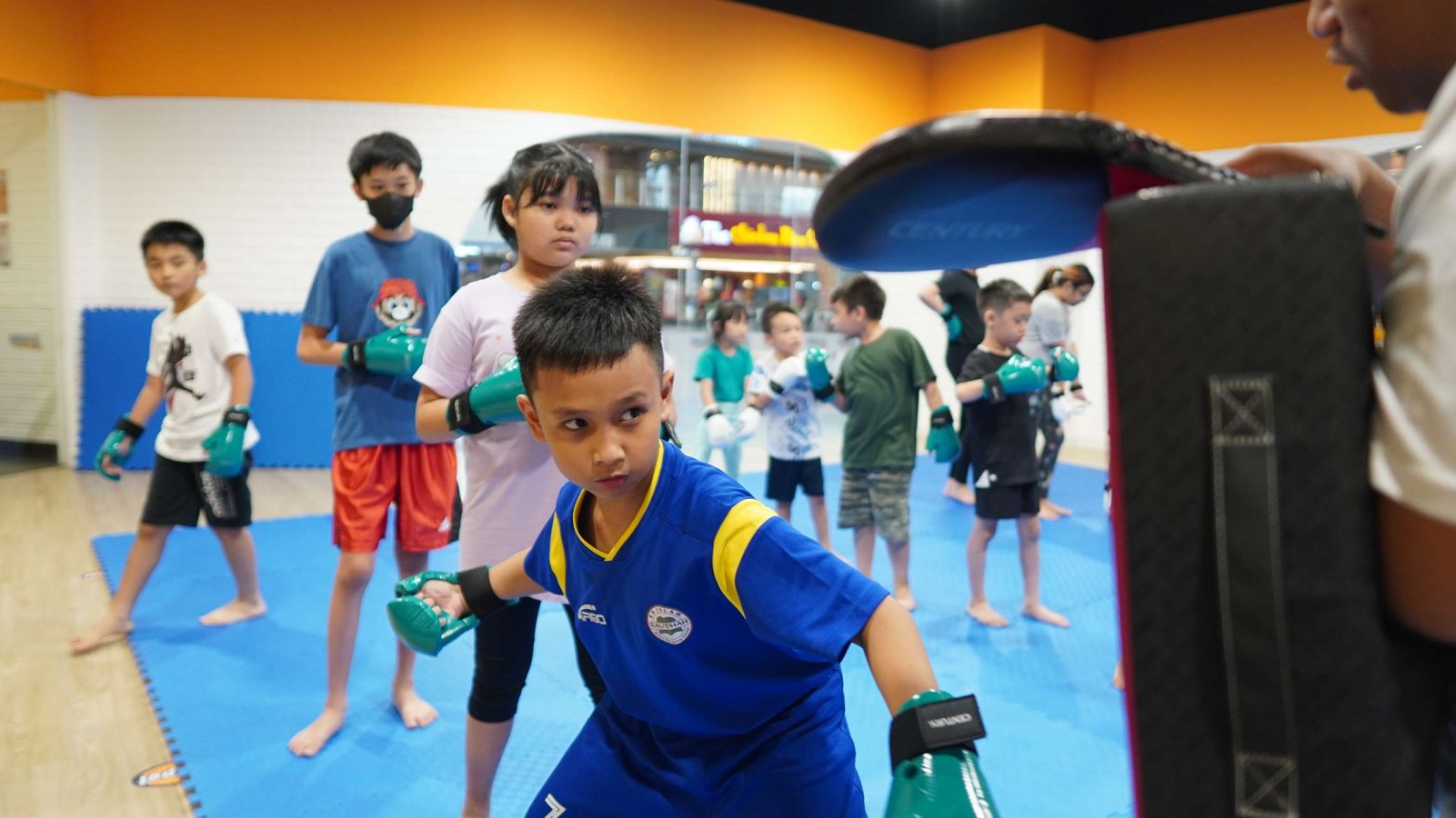The Cast Handstand Gymnastics: A Training Plan

A cast handstand is one of the most impressive skills in gymnastics and showcases incredible strength, balance, and body control. For anyone looking to advance their gymnastics skills, mastering the cast handstand is a fantastic goal. But how exactly do you get there?
Here’s a complete guide on how to work up to a cast handstand, including the muscles you need to develop, helpful drills, and essential tips to make your training both safe and effective.
What Is a Cast Handstand?
In gymnastics, a cast handstand is a skill in which the gymnast swings from a horizontal position (like holding the bar at waist level) and pushes their body up and away from the bar into a straight, upside-down position (the handstand position).
This skill requires a powerful mix of strength and technique, making it a milestone in many gymnasts' training journey. Achieving this type of gymnastic handstand move builds the strength and body awareness that opens the door to more advanced skills on the bars.
Muscles Needed to Perform a Cast Handstand
To successfully do a cast handstand, certain muscles must be well-developed. This skill engages the entire body, but the main muscles involved include:
A. Core Muscles
A strong core is essential for controlling the body while transitioning from a swing to a handstand. The rectus abdominis, obliques, and lower back muscles all help keep you stable and aligned.
B. Shoulders and Upper Back
The shoulders, deltoids, and trapezius muscles are responsible for pushing the body away from the bar and supporting your weight when you're upside down.
C. Arms and Forearms
Your biceps, triceps, and forearm muscles contribute to maintaining a strong grip and pushing your body up into the handstand.
D. Glutes and Hip Flexors
Engaging your glutes and hip flexors helps control the swing portion of the move and prevents your legs from swinging out of control.
E. Leg Muscles
Although not as critical as the core and upper body, your quads and hamstrings help guide your body alignment and provide momentum during the cast.
Step-By-Step Guide: How to Do a Cast Handstand
The cast handstand may seem challenging, but breaking it down into smaller steps can make it much more achievable. Here’s a step-by-step guide to help you work up to this skill:
1. Start with a Strong Cast
Begin by holding onto a bar with both hands, spaced about shoulder-width apart. Your grip should feel secure but relaxed, allowing your wrists to move as you shift your body.
With your arms straight, gently lean your shoulders forward while keeping your core tight. This slight lean forward helps you gain momentum for the swing.
Start by lifting your legs up behind you, aiming to bring them up as high as possible while staying in control. Don’t worry about getting into a full handstand just yet, the goal at this stage is to create a strong, controlled swing that will build your power for the next steps.
After reaching your highest point, bring your legs back down smoothly and in a controlled motion. Practicing this controlled cast will build the strength and rhythm you need for the full handstand.
2. Increase Your Swing Gradually
Once you’re comfortable casting to a lower height, try to swing your legs even higher with each cast. Aim to reach an almost-horizontal position, where your legs are parallel to the ground.
As you swing higher, it becomes essential to keep your body tight, especially your core and legs. Squeeze your glutes and engage your core to prevent your legs from flopping or moving out of alignment.
Try to move in a controlled, smooth motion. Rushing this part can make you lose balance, so focus on slow, steady practice.
3. Transition to a Handstand
Now that you’ve built up your cast height, focus on pushing your body further away from the bar as your legs rise. This push creates the “lift” you need to bring your body into a vertical handstand position.
When your legs are nearly vertical, kick them up strongly toward the ceiling while keeping them together. Your core should remain tight, and your arms should stay straight as you guide your body up.
At this point, you should be in a handstand position. Squeeze your core muscles and keep your shoulders pushed down and away from your ears to help stabilize your body in the handstand position.
If you feel balanced, try to hold the handstand for a moment. Even holding it for just a second or two will build the stability and control you need to maintain the position over time.
Don’t worry if you can’t hold the handstand right away. The more you practice, the stronger and more balanced you’ll become.
4. Hold and Control the Handstand
As you practice, focus on keeping your body in a straight line from hands to toes. Your legs should be squeezed together, and your toes pointed.
Once you’re able to reach the handstand position, practice coming down slowly and smoothly from the handstand back to the starting position. This controlled lowering will strengthen your muscles and improve your balance.
Repeating this skill consistently will help build the endurance, coordination, and strength needed to master the cast handstand. It’s normal for this process to take some time, so be patient and celebrate the small improvements along the way.
5 Essential Drills for Learning the Cast Handstand
Training for a cast handstand takes consistency and the right drills to build the necessary strength, coordination, and balance. Here are some effective drills to incorporate into your training:
A. Handstand Walking
Handstand walking is a beneficial exercise for developing strength, balance, and body control needed for cast handstands. By practicing handstand walking, athletes learn to stabilize their core, keep their arms straight, and maintain alignment.
Handstand walking also helps build shoulder and wrist strength, which are critical for holding and transitioning into the handstand position on the bar. Adding this drill to cast handstand training allows athletes to become more comfortable being upside-down and improves their ability to control their body in the air.
Practicing handstand walking regularly reinforces the endurance and stability necessary for advanced gymnastics skills.
B. Cast Handstand Lean Drill
This drill helps younger athletes learn the "lean" or "tip" over the bar, a key skill for cast handstands and front giants. It’s an excellent side station for athletes waiting in line, especially if your gym has a channel bar where they can practice this move right beside it. This makes it easy to add to your list of cast handstand drills.
C. Wall Handstand Holds
Practicing handstands against a wall builds shoulder strength and helps you get used to being upside down. Here’s how:
- Face away from a wall and kick up into a handstand, with your back against the wall.
- Hold the position, focusing on keeping your arms straight, shoulders engaged, and core tight.
- Work on holding this for 10-20 seconds at a time.
D. Octagon Straddle Cast Handstand Drill Series
Step 1: Beginner Level – Lean and Roll Forward
To start, focus on leaning forward over the bar with straight arms. Push the bar down and underneath your body as you roll over it, keeping good form the whole time. This helps you begin forming the stacked body shape needed for a handstand.
Step 2: Intermediate Level – Adding a Higher Pike Position
This step is similar to Step 1, but now you’ll work toward a 90-degree pike position on top of the bar, getting closer to a handstand. Don’t go all the way to 90 degrees, though—this helps you maintain a rounded, stacked body shape without arching or bending your lower back.
Step 3: Advanced Level – Straddle Stack to Handstand
In the final step, start the same way as the previous steps. After achieving the position in Step 2, add a straddle to move into the stacked handstand position, then continue falling forward. This final step builds the strength and balance needed to hold a full cast handstand.
E. Cast Handstand Block Stack Drill
This is a great drill for helping athletes find and hold their handstand positions on the bar. In this version of the cast handstand drill, a block is placed on top and behind the bar.
Athletes straddle their legs and then bring them back together at the right moment, practicing the timing needed for a strong handstand. We use this drill for different skills, including straddle cast handstands, cast handstand half pirouettes, and front giant half pirouettes.
Make sure to practice this drill in both over-grip and under-grip positions for best results.
Ready to Improve Your Cast Handstand Skills?
If your child is excited to improve their cast handstand skills, enrolling them in a structured gymnastics program can provide them with the right guidance and environment to excel.
Rockstar Academy is an excellent choice for helping young athletes thrive! Known as the best Sports & Performing Arts Academy, Rockstar Academy offers a range of physical activity programs, including a comprehensive gymnastics curriculum.
Here, your child can participate in Gymnastics Testing, which helps students progress to higher skill levels and prepares them for National and International competitions. They’ll also have the chance to compete in the Gymnastics Elite Championships and RockOlympics, which fosters discipline, encourages sportsmanship, and teaches valuable lessons in handling both wins and losses.
We also offer the Dream Team, an elite Competitive Sports Program designed to help boys and girls unlock their full potential, both in sports and in life. With 180 minutes of high-energy training led by expert instructors, this program is perfect for athletes who are ready to work hard, have fun, and aim high.
Plus, Rockstar Academy even offers a free trial class for anyone interested in exploring their programs. If you're ready to support your child’s growth in gymnastics, reach out to Rockstar Academy today and get them started on an incredible journey!
FAQ
How long does it take to learn a cast handstand?
The time varies for each person, depending on strength, flexibility, and experience. Beginners may need several months to build the required strength and master the technique. With regular practice, progress will come naturally.
Do I need to be able to do a handstand before trying the cast handstand?
Yes, having a solid handstand is beneficial. Practice handstands on the floor or against a wall to build the strength and control needed to perform the cast handstand.



